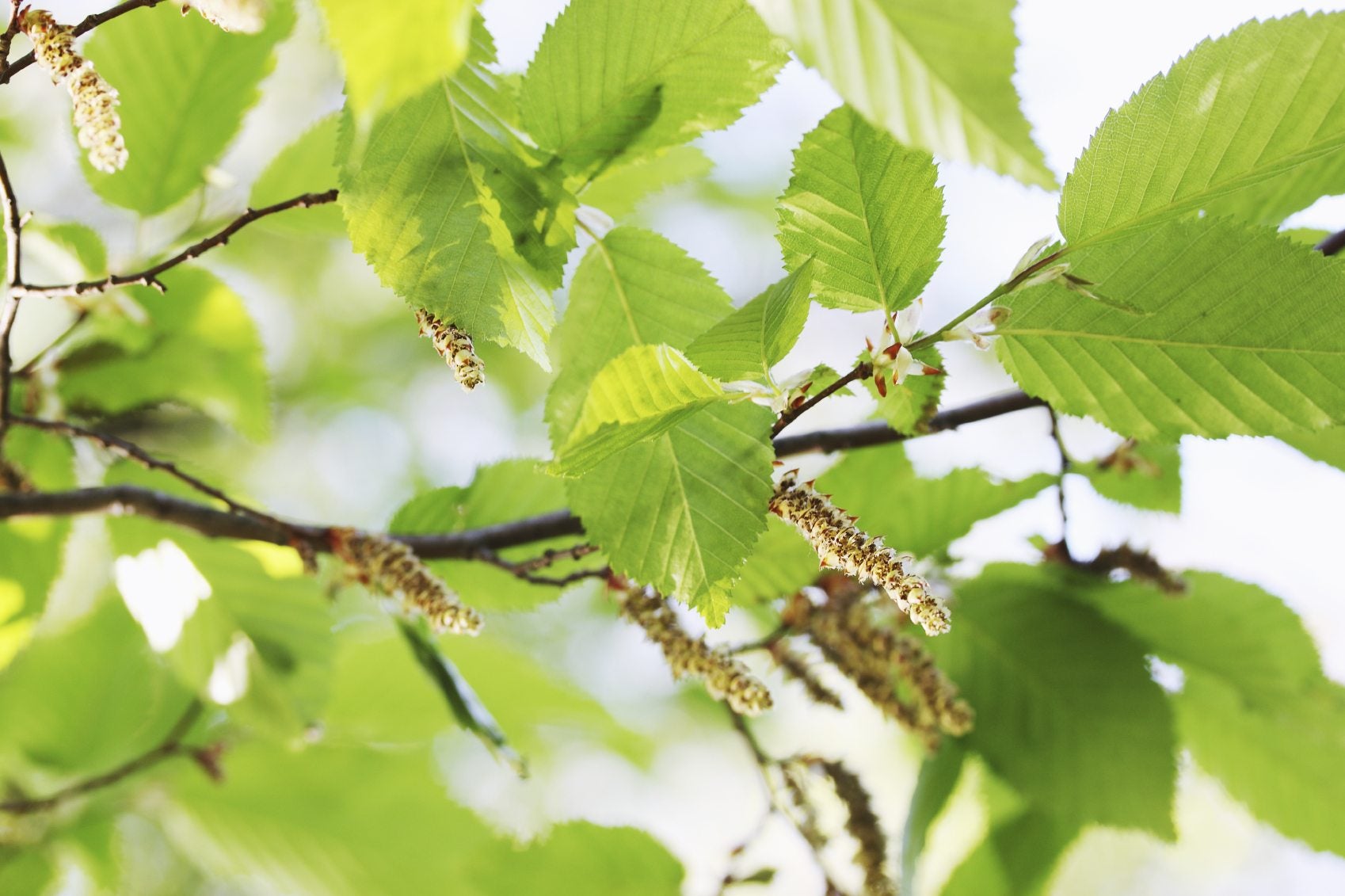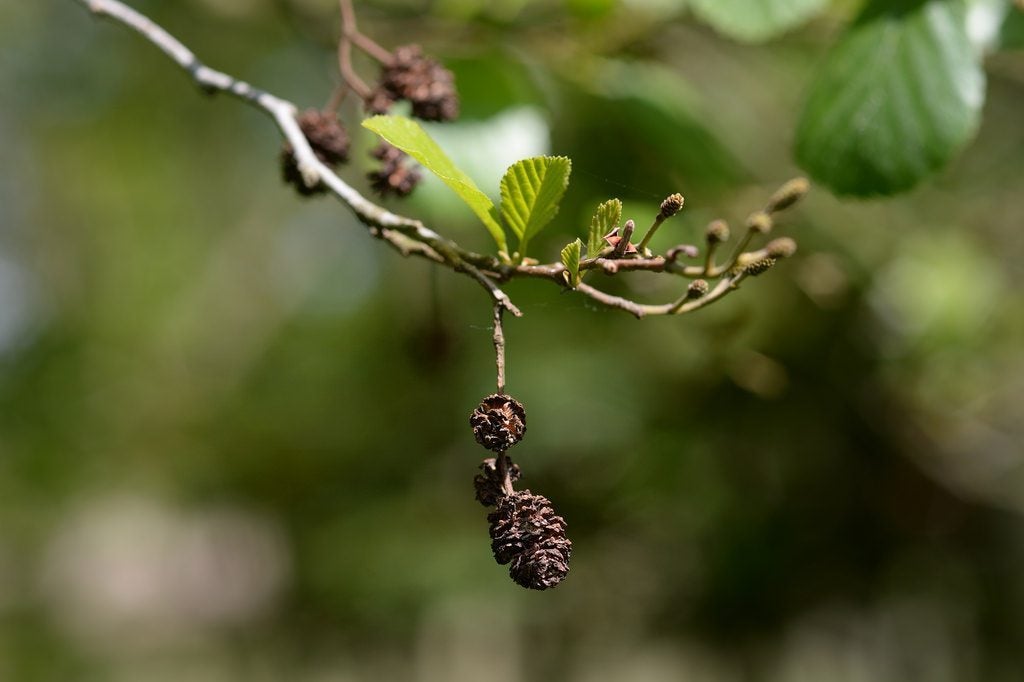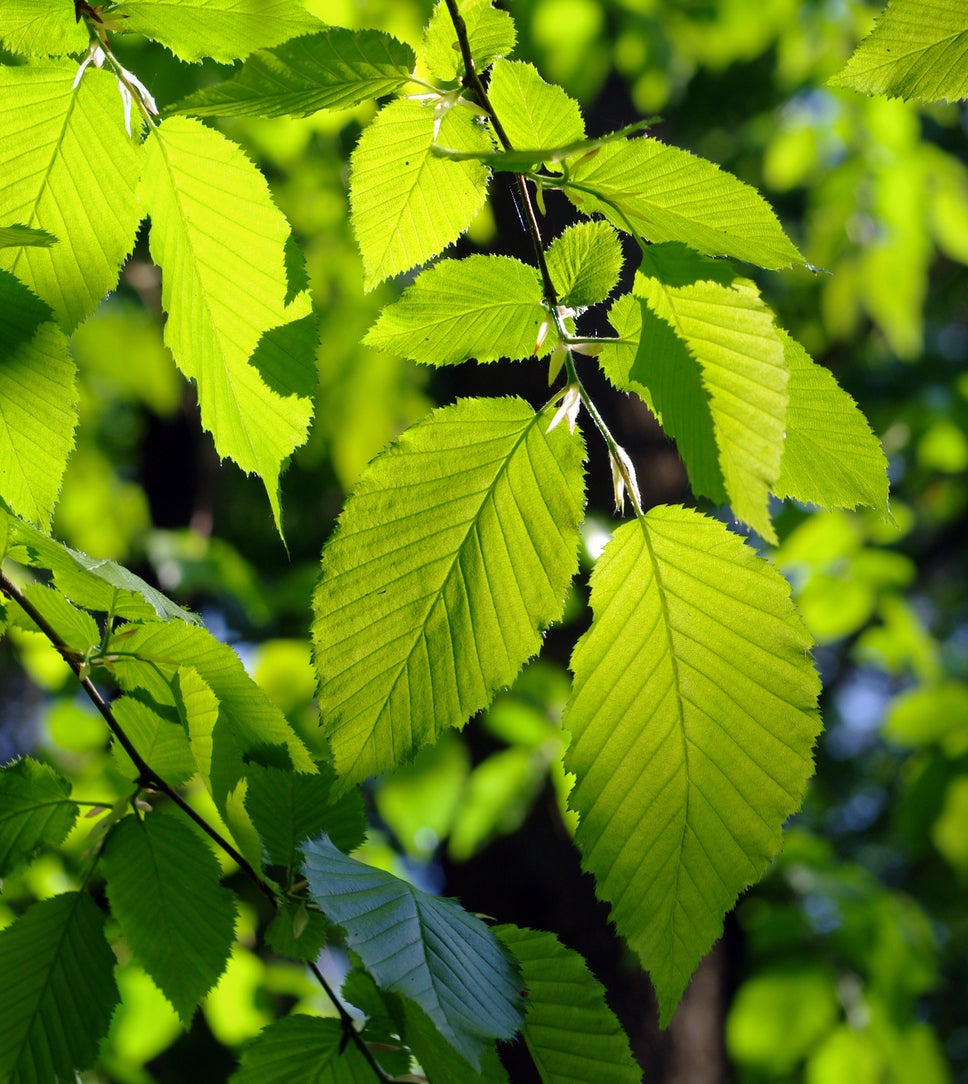Black Alder Tree Info: Tips On Planting Black Alder In The Landscape


Caroline Bloomfield
Black alder trees (Alnus glutinosa) are fast growing, water loving, highly adaptable deciduous trees that are native to Europe, the Caucasus, and Siberia. These trees are useful in the home landscape and possess a number of qualities that make them highly attractive. They are beautiful but may not always be the best choice in a controlled landscape, so read on to learn more.
Black Alder Tree Info
There are many interesting black alder facts that landscapers and gardeners should know. Black alders grow up to 50 feet (15 m.) tall. Plant them with about 10 feet (3 m.) of space around them. They can thrive in waterlogged soils, but also have the ability to tolerate fairly dry conditions. They prefer loamy or sandy soil but are also salt tolerant. Black alder leaves are ridged, smooth, and glossy with jagged edges. Their bark is smooth and gray and is especially attractive in winter when it stands out against the snow. The trees have the ability to fix nitrogen from the air and increase soil fertility through their root nodules. Alder trees are valuable in landscape restoration projects where the soil has been disturbed or degraded. Black alders in the landscape are terrific habitat trees. They stay green into the fall months and produce small cones called strobile, that stay on the tree through fall and winter, even after the leaves are gone. The cones result from the tree’s female flowers, and they feed a range of wildlife through the winter, including butterflies, mice, turtles, birds, and deer.
Planting Black Alder in the Landscape
So where do black alder trees grow? They grow especially well in moist soils, by waterways, and in boggy woodlands in the Midwest and on the East Coast. They’re known for their tolerance for poor soil. Be careful when you put black alder into the landscape though. The trees spread readily and are considered invasive in some states. Be sure to check with your local nursery or university extension agent before you plant black alders. They are so vigorous that their aggressive roots can lift sidewalks and invade sewer lines. For a managed landscape, they may not be the best choice. Black alders can contract fungal pathogens and are susceptible to woolly aphids.
Black Alder Uses
The pyramid shape of young alders eventually changes to a rounded or oval shape as they grow, but the density of their leaves can make them ideal for screening and privacy. European black alder is often used to control erosion. The wood of alder trees is useful for timber, fiber, and particle board among other things. It’s also used for fuel. There is some indication that alder bark and leaves are medicinal. As a folk remedy, it is said they can aid in treating bleeding, sore throat, rheumatoid arthritis, and even cancer. Black alder tea has been used as a gargle for strep throat.
Gardening tips, videos, info and more delivered right to your inbox!
Sign up for the Gardening Know How newsletter today and receive a free copy of our e-book "How to Grow Delicious Tomatoes".

Karen Boness is the founder of Wild Willow Design, an Australia-based company that specializes in ecological landscape design.
- Caroline BloomfieldManager of Marketing Communications
-
 My Homemade Orchid Fertilizer Always Brings More Blooms – Here's The Easy Recipe That Transforms Plants
My Homemade Orchid Fertilizer Always Brings More Blooms – Here's The Easy Recipe That Transforms PlantsScientist-turned-gardener Mary Ellen Ellis shares her tried-and-tested DIY orchid fertilizer recipe, plus more ingredients to try for healthy, happy plants.
By Mary Ellen Ellis
-
 Looking For Plants To Give You The Soft And Fuzzies? Try These 5 Fuzzy Leaf Plant Options
Looking For Plants To Give You The Soft And Fuzzies? Try These 5 Fuzzy Leaf Plant OptionsLovers of texture, drama, silver foliage and tactile plants will adore these special sensory garden additions. These fuzzy leaf plant options will leave you all aglow
By Susan Albert
-
 Care Of Speckled Alder Trees: Learn How To Grow A Speckled Alder Tree
Care Of Speckled Alder Trees: Learn How To Grow A Speckled Alder TreeIs it a tree or is it a shrub? Speckled alder trees are just the right height to pass as either. They are native to the northeast regions of this country and Canada. Click this article for more speckled alder information, including tips on how to grow a speckled alder and its care.
By Teo Spengler
-
 What Is An Alder Tree: Information About Alder Trees
What Is An Alder Tree: Information About Alder TreesAlder trees are seldom seen in residential landscapes, but these handsome plants make excellent shade trees and screening shrubs. Read this article for more information on alder trees in the landscape.
By Jackie Carroll